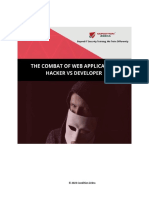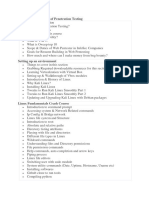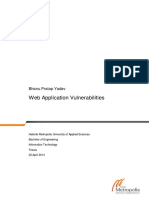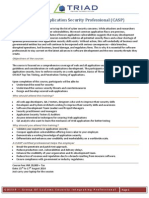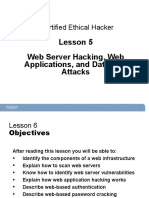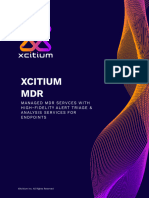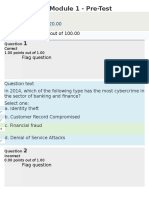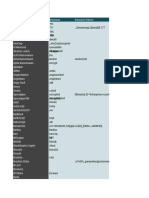0% found this document useful (0 votes)
29 views6 pagesWeb Application Penetration Testing
The document outlines a comprehensive course on Web Application Penetration Testing (WAPT), covering various modules from introduction to advanced topics. Key areas include web application fundamentals, security controls, injection attacks, authentication and authorization testing, and the use of tools like Burp Suite. Additionally, it addresses methodologies, automated scanners, and the importance of reporting in the context of web application security.
Uploaded by
rsuhasan.36Copyright
© © All Rights Reserved
We take content rights seriously. If you suspect this is your content, claim it here.
Available Formats
Download as PDF, TXT or read online on Scribd
0% found this document useful (0 votes)
29 views6 pagesWeb Application Penetration Testing
The document outlines a comprehensive course on Web Application Penetration Testing (WAPT), covering various modules from introduction to advanced topics. Key areas include web application fundamentals, security controls, injection attacks, authentication and authorization testing, and the use of tools like Burp Suite. Additionally, it addresses methodologies, automated scanners, and the importance of reporting in the context of web application security.
Uploaded by
rsuhasan.36Copyright
© © All Rights Reserved
We take content rights seriously. If you suspect this is your content, claim it here.
Available Formats
Download as PDF, TXT or read online on Scribd
/ 6








